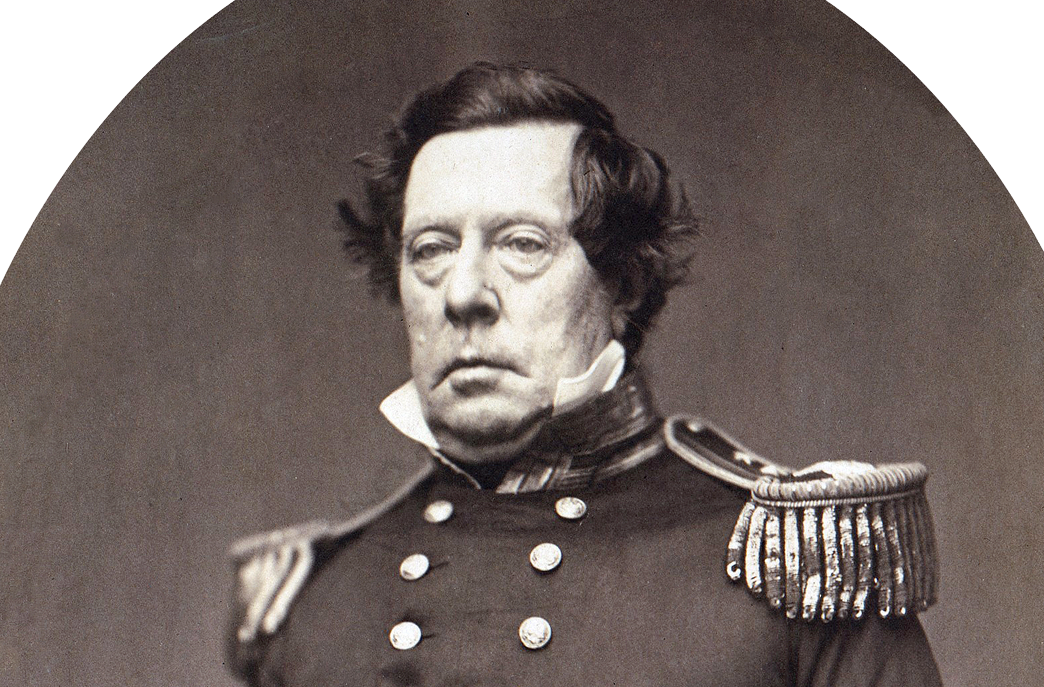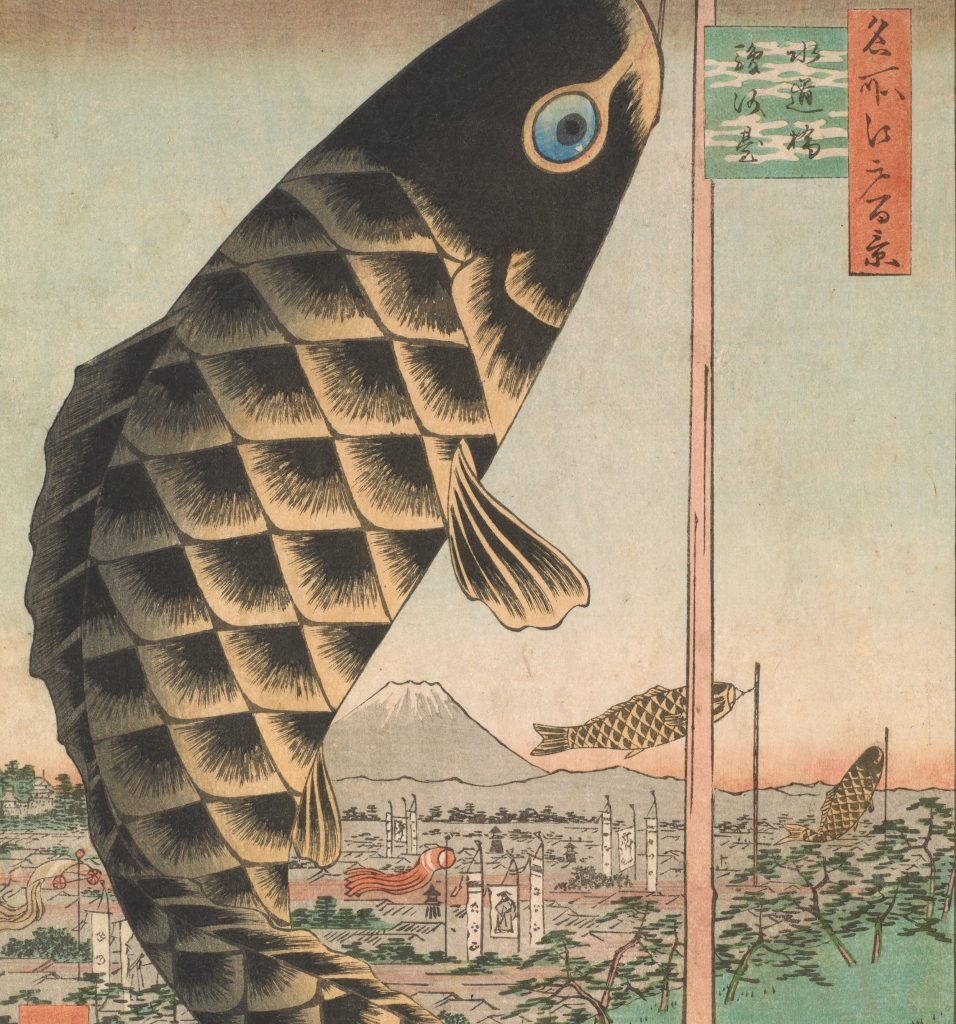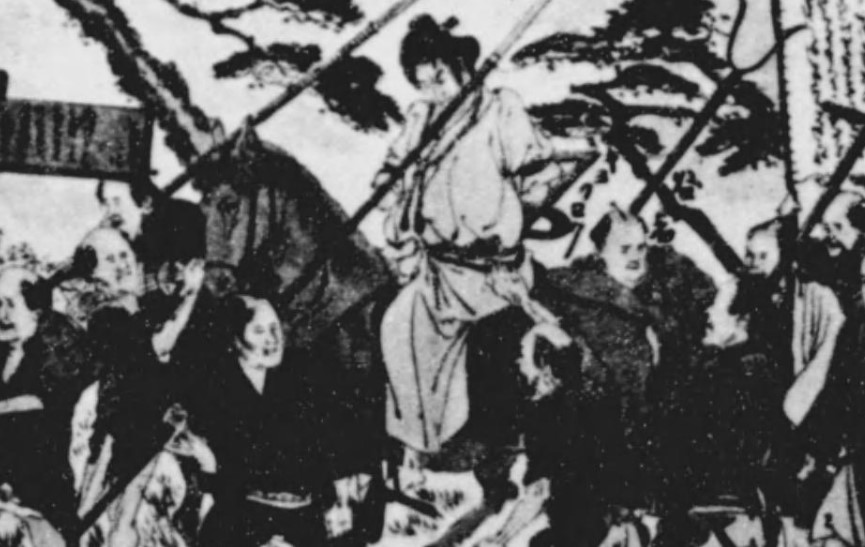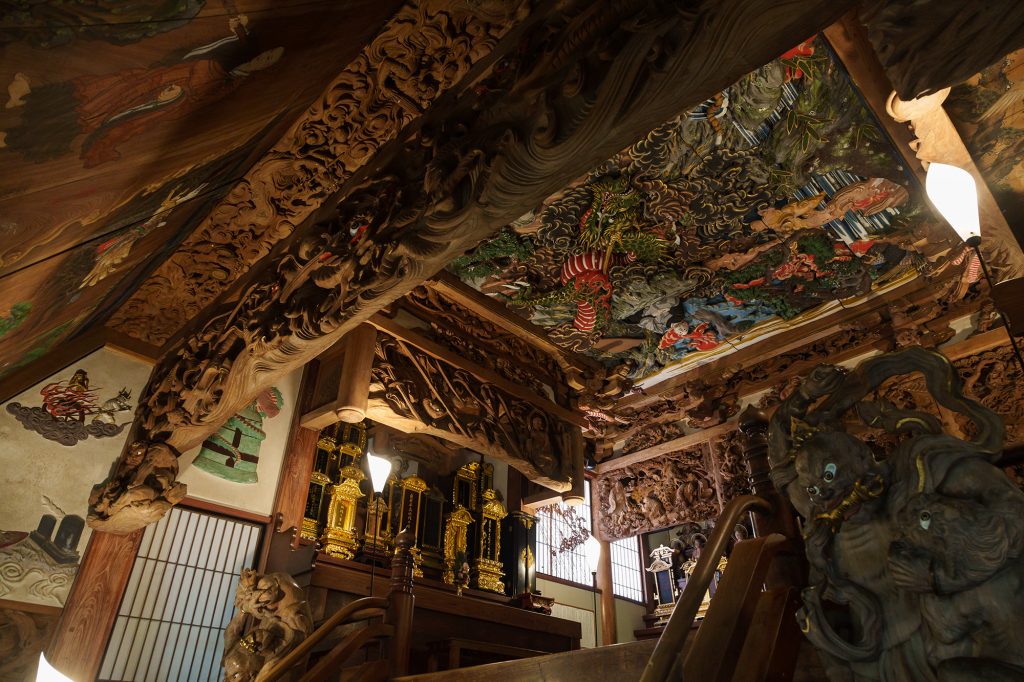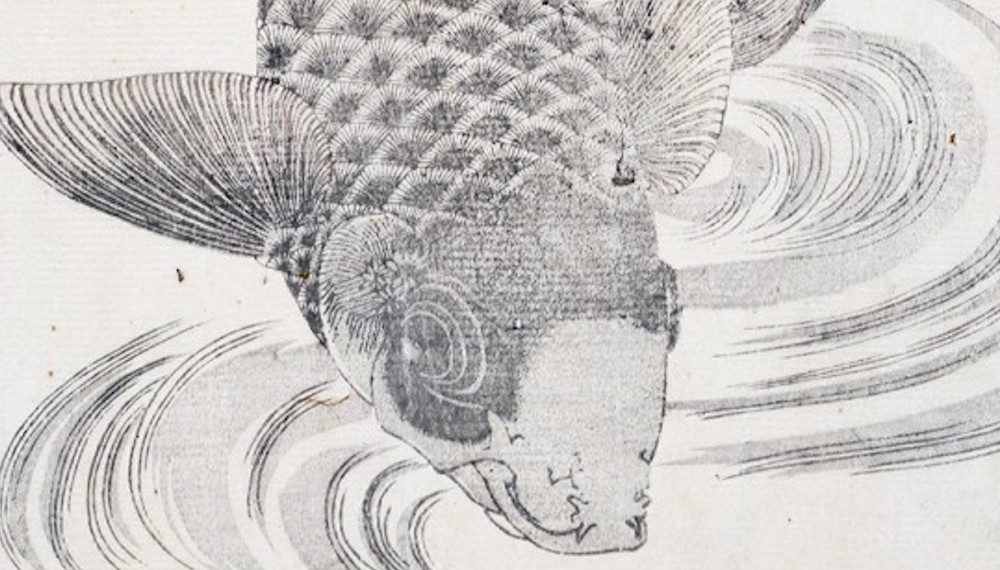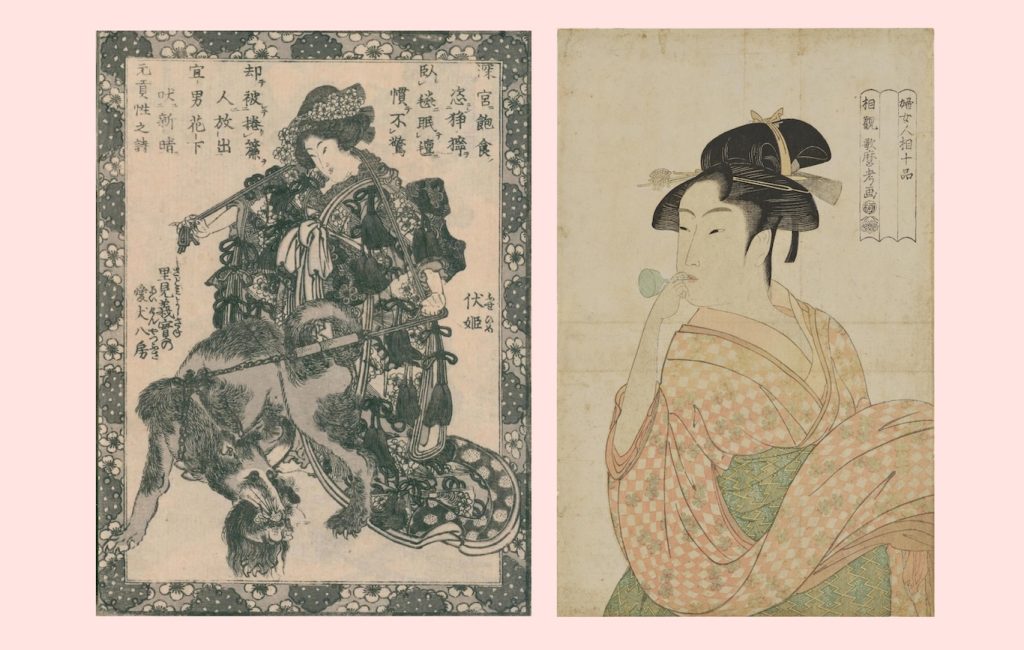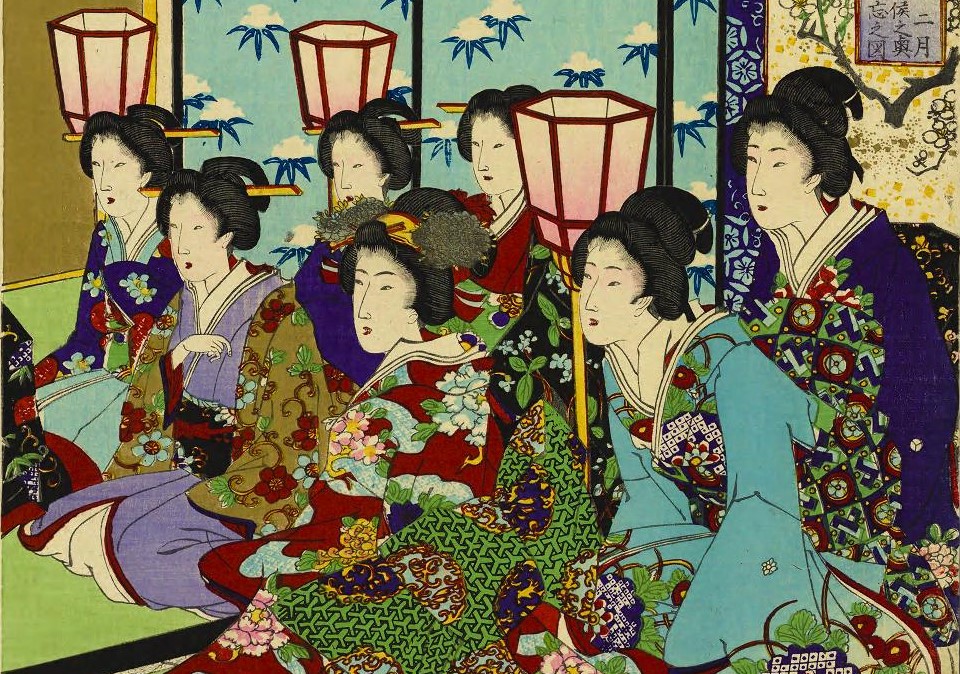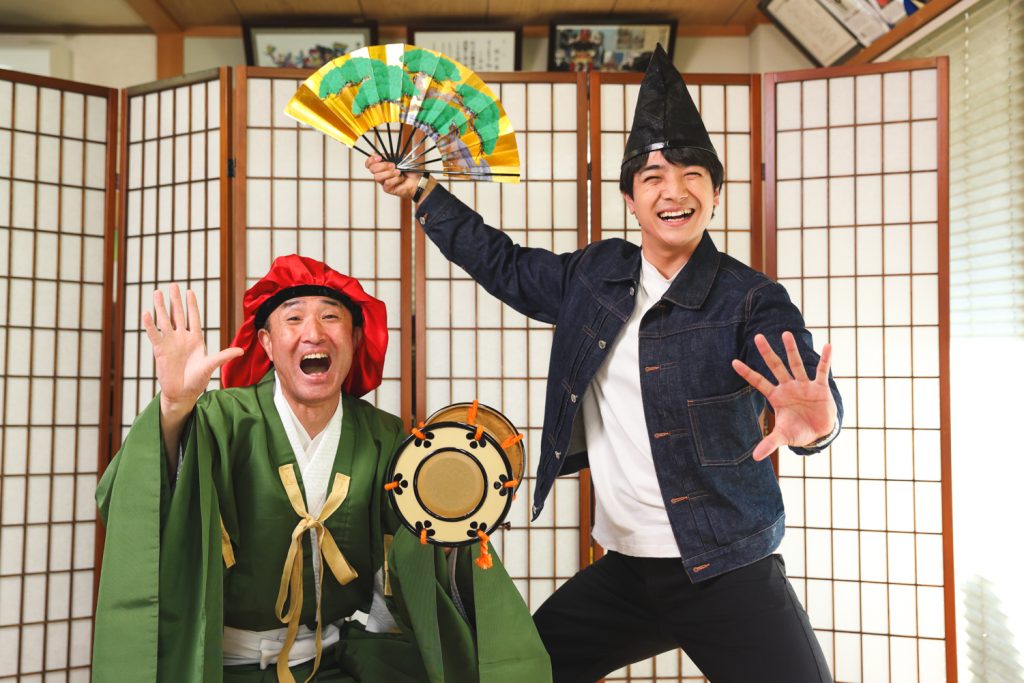When you think of ninja, what image comes to mind?
Exceptional physical skills, masterful tactics, dazzling disguises—there are many traits to consider, but one of their core roles was intelligence gathering.
During the tumultuous final years of the Edo period, as Japan faced the upheaval of opening its borders, one figure stood out as the last known practitioner of covert ninja operations: Sawamura Yasusuke (沢村保祐, commonly known as 甚三郎/Jinzaburo) from Iga (伊賀) Province (present-day western Mie Prefecture; 三重県). What were the details of his intriguing missions?
The changing role of ninjas through the ages
During the Warring States period, ninjas from Iga were engaged in activities like night raids and arson. However, as peace settled in during the Edo period, their roles evolved. Known as ‘Iga-mono (伊賀者)’, they took on responsibilities such as domestic intelligence gathering and acting as bodyguards.
Additionally, some were entrusted with local governance as ‘musokunin (無足人)’—a group with minimal stipends but granted the status of samurai, including the right to bear a surname and to wear a sword, distinguishing them from ordinary farmers. Jinzaburo was one such musokunin.
The catalyst for covert activities: the arrival of Perry
The catalyst for his involvement in ninja activities was the arrival of Commodore Perry in 1853 off the coast of Uraga (浦賀, now part of Yokosuka City ; in Kanagawa Prefecture; 神奈川県横須賀市). At that time, Japan had strict regulations under the Samurai Codes prohibiting ships of more than 500 koku (石, a measure of weight or capacity) from entering the country. The sight of a large American warship, with its black-painted hull, must have caused a great deal of shock and surprise among the people of the era.
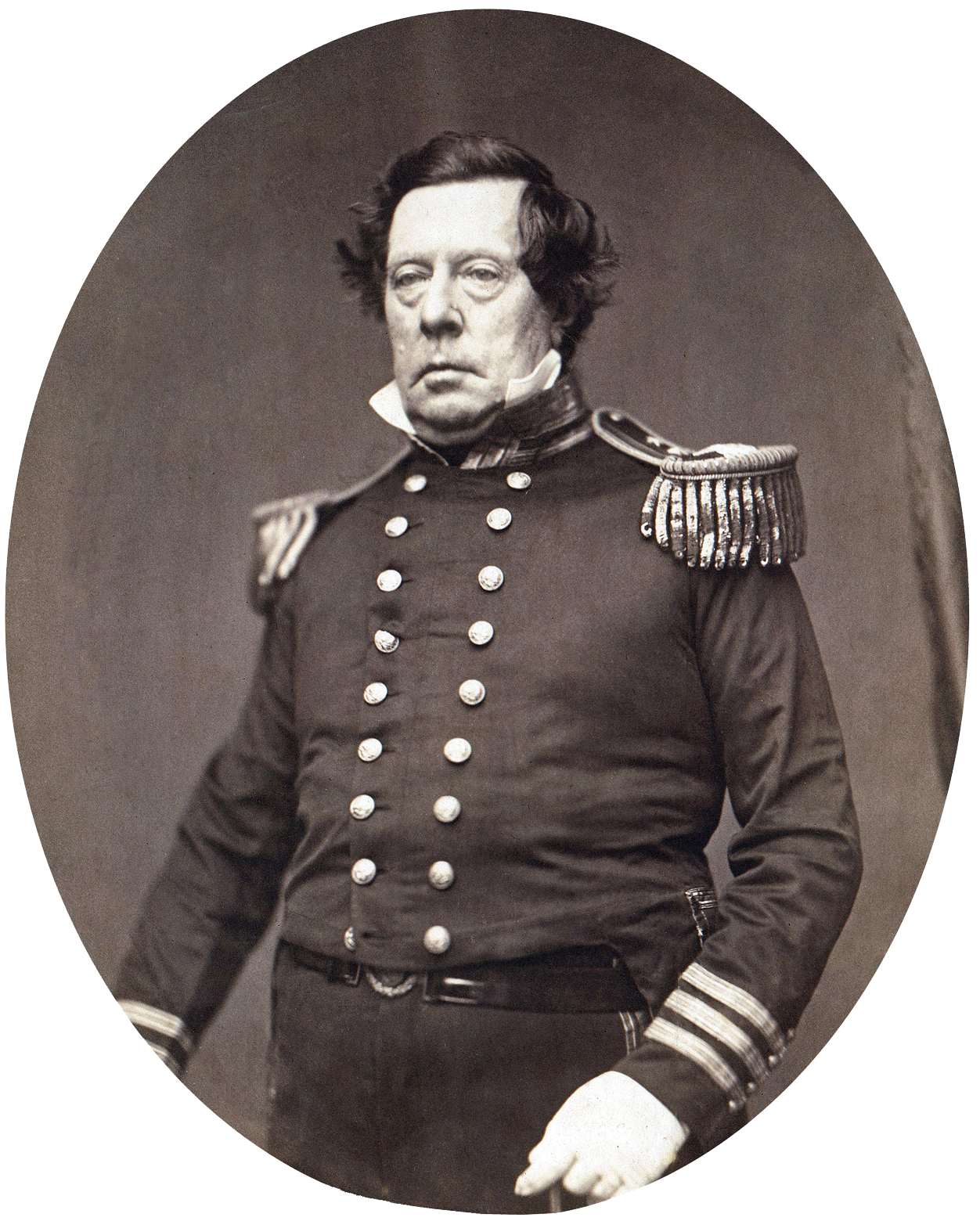
The United States strongly pressed the Tokugawa shogunate to open trade with Japan, but the shogunate was unsure how to respond. As a temporary measure, they decided to accept the letter of credentials and ask Perry to turn back. Perry announced, “I will return next year,” and withdrew from Japan for the time being.
At the time, the chief senior councillor (roju; 老中) was Abe Masahiro (阿部正弘). He sought opinions from various sources from different social groups and ranks, including commoners, on whether Japan should open its doors to the outside world. In society, a popular satirical poem circulated:
Taiheino Nemuri wo Samasu Jo-kisen Tatta Shihai de Yoru mo nerarezu.
泰平の ねむりをさます 上喜撰(じょうきせん) たった四杯で 夜もねられず
meaning: Peaceful sleep; was disturbed by Jokisen tea (the word also means steamship); Just four cups; brought sleepless nights
This shows the extent of the confusion and anxiety of the time.
In any case, information concerning the other part was desperately needed. At that time, the person chosen for the task was Jinzaburo. Coming from a family that had long served as signal bearers (noroshi; 狼煙), Jinzaburo was ordered by the clan lord, Todo Takayuki (藤堂高猷), to carry out an undercover investigation.
What was the outcome of the successful infiltration?
Jinzaburo successfully infiltrated Perry’s fleet and obtained two loaves of bread, two tobacco leaves, two candles, and two slips of paper from the crew, which he then reported to Takayuki.
It is said that the slips of paper, written in Dutch, contained the following:
1. ‘English women are good in bed, French women are good at cooking, and Dutch women are good at housework.’
2. ‘A river that makes no sound has deep waters.’
At the time, few people could read Dutch, so Jinzaburo probably couldn’t immediately determine whether the papers were significant. It was only after having them translated that he likely found himself perplexed, thinking, “What…?”
By the way, how did Jinzaburo manage to infiltrate the fleet? When Perry’s fleet arrived in 1854 to negotiate the Treaty of Kanagawa, 60 Japanese people were invited aboard the ships. There is a theory that Jinzaburo was among them. However, the slips of paper that Jinzaburo is said to have obtained were marked with a watermark of ‘1856,’ which suggests that they might not have been related to Perry, but possibly to Harris instead.
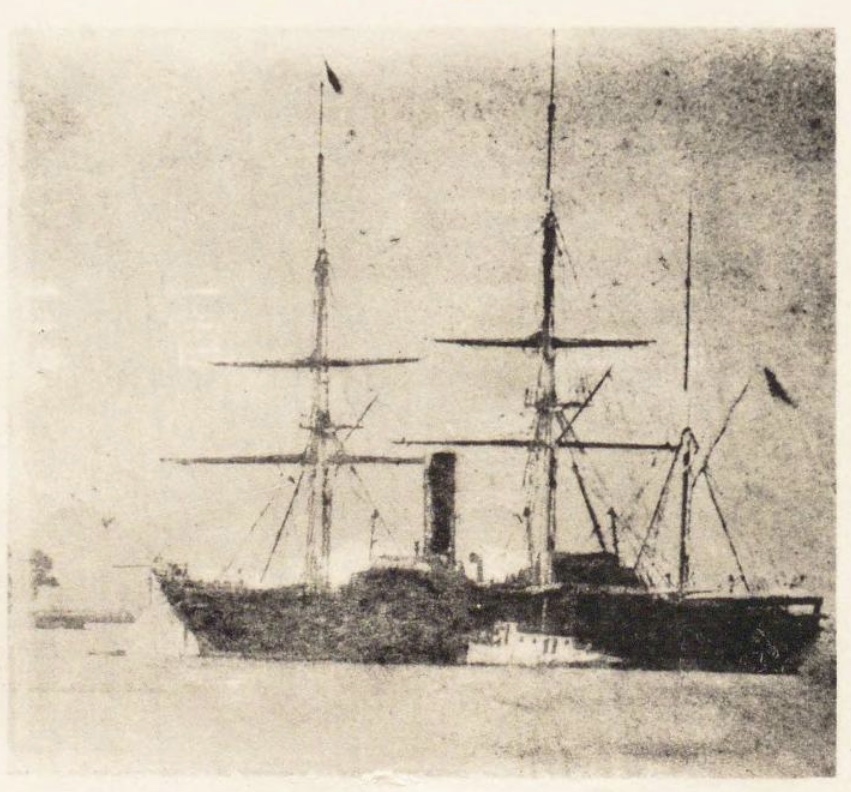
Normally living as a musokunin, Jinzaburo was suddenly ordered to undertake espionage. He thought he had gathered valuable information and was returning, only to face an unexpected outcome. Thus, the final covert intelligence mission of the ninja came to an end.
Reference
Zenkoku-ban Bakumatsu Ishin Jinbutsu Jiten (全国版幕末維新人物事典), History Gunzo Editorial Department, edited by Gakusyu Kenkyusha (学習研究社)
Bakumatsu no Fuun (Late Edo Period), Volume 16: History of Japan for Boys and Girls, supervised by Kodama Kota (児玉幸多), manga by Aomura Jun (あおむら純), Shogakukan (小学館)
This article is translated from https://intojapanwaraku.com/rock/culture-rock/86702/






